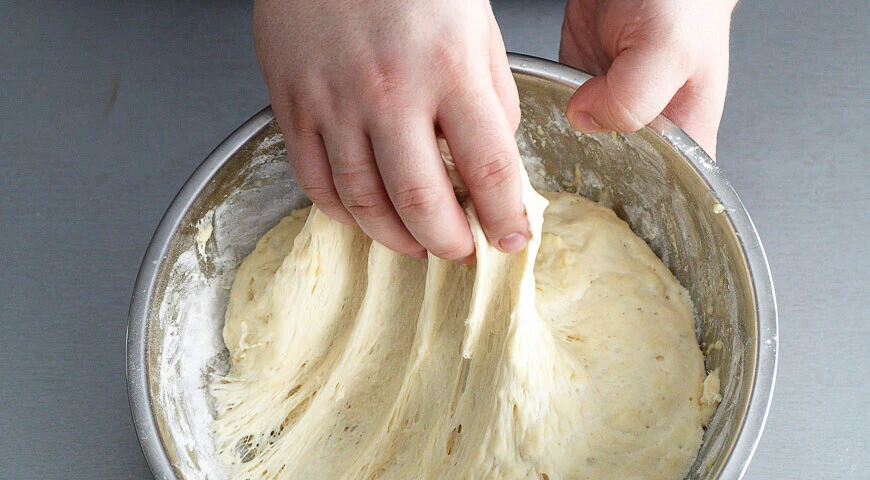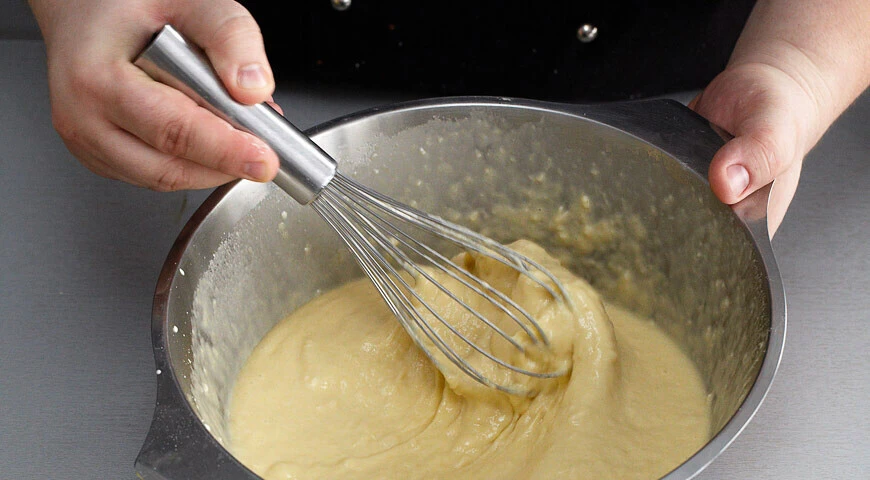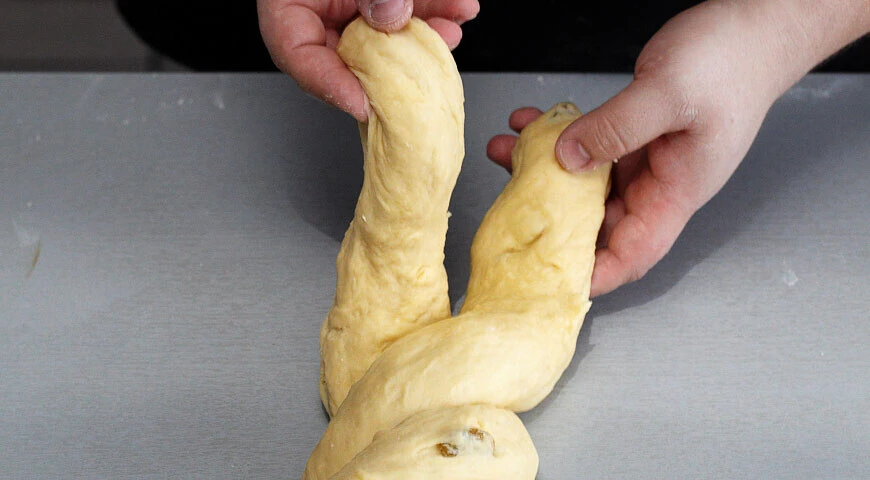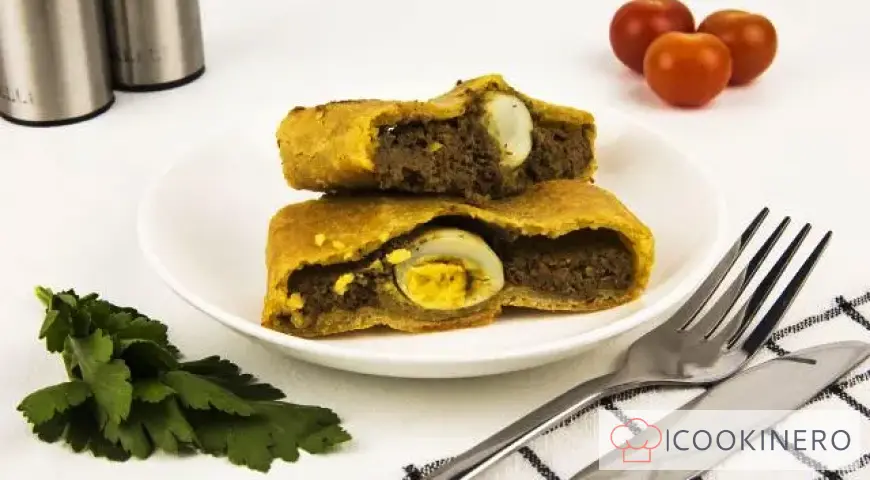Bulgarian kozunak

The Bulgarian kozunak is essentially a close relative of our traditional Easter cake: both of them boast a large amount of muffin. But there is still a difference between them! Thanks to a special molding - when the dough is stretched into two strands, which are then woven and laid out like a wreath, the texture of kozunak becomes layered, which is most deliciously reflected in the taste of pastries. Remember that during the cooking process it is important not to rush and let the dough rise well. Then the Bulgarian kozunak will definitely make a splash among relatives and guests invited to your Easter table.
How to cook Bulgarian kozunak
Step 1

To make the kozunak dough, crumble the yeast and dissolve it in warm (37°C) milk with a pinch of sugar. When the yeast foams, beat 4 eggs with cream in a large bowl, add 150 g of sugar, salt and 200 g of sifted flour, mix with yeast, cover and leave in a warm place for 1.5 hours.
Step 2

Beat the yolks with the remaining eggs and sugar, mix with the dough, stir in 1200 g of flour, knead. Cover leave for 2 hours. Take the oil out of the refrigerator.
Step 3

Sift the remaining flour together with vanilla sugar, put the kozunak into the dough and knead, stretching and gathering. The dough should acquire a uniform consistency.
Step 4

Pour the vegetable oil into a bowl and dipping your hands into it, continue kneading the dough until the oil runs out. Then knead soft butter bit by bit, knead for 10 minutes. Then beat the dough on the work surface (50 times). Form a ball from the dough.
Step 5

Place the kozunak dough in a clean pot or basin, cover and leave to rise for 5 hours. Then stir the nuts into the dough, divide it into 3 parts, stretch each into a tourniquet.
Step 6

Weave a braid from the bundles and lay it in a round shape with a hole in the middle. Let go, 30 min. Brush with egg yolk mixed with melted butter and bake kozunak at 180°C for 35–40 minutes.
Bulgarian kozunak - FAQ About Ingredients, Baking Time and Storage
Reviews: 0
0 Overall ratingHave you already prepared this recipe? Tell what you think.
Write a review
Trending

Khinkal in Dagestan style
Khinkal is a traditional Caucasian dish. It is often confused with such a famous Georgian dish as khinkali. And, although the set of products in both dishes is quite similar, they are nevertheless different. Traditionally, khinkal is prepared on the

Beef knuckle
The special value of the beef knuckle (the lower part of the beef carcass leg) is the marrow bone, rich in nutrients. The recipe recommends using meat from young animals no more than 20 months old. It can be distinguished by the rich red and pink col

Dumplings baked with sour cream
Pelmeni are a familiar, filling and tasty dish. But you can cook them in a very original way: bake them in the oven with sour cream sauce. This option for cooking the dish will not take much time, but will please you with the result. Juicy meat in te

Ginger tincture
Ginger is a well-known and beloved spice. In the kitchen, only the root of the plant is used, which is rightfully considered one of the most useful natural products. Ginger tincture, when consumed in moderation, helps improve memory, restores skin co

Ossobuco with bulgur and pumpkin
Ossobucco is a piece of beef shank that is stewed for a long time with vegetables and tomato. Served on bones.









